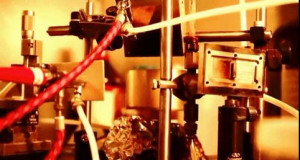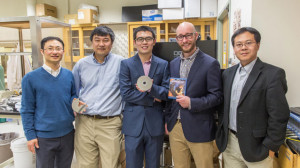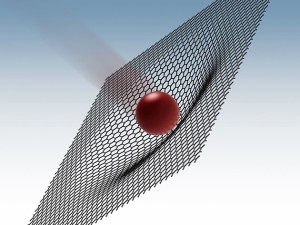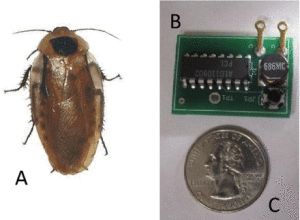Researchers from the University of Sydney have recently published their findings that quantum dots made of graphene can improve bio-imaging and LEDs.
The study was published in the journal Nanoscale, where the scientists detailed how activating graphene quantum dots produced a dot that would shine nearly five times bright than the conventional equivalent.
Essentially, the dots are nano-sized semiconductors, which are fluorescent due to their surface properties. However, this study introduces the utilization of graphene in the quantum dot, which produces an extra-bright dot that has the potential to help medicine.







